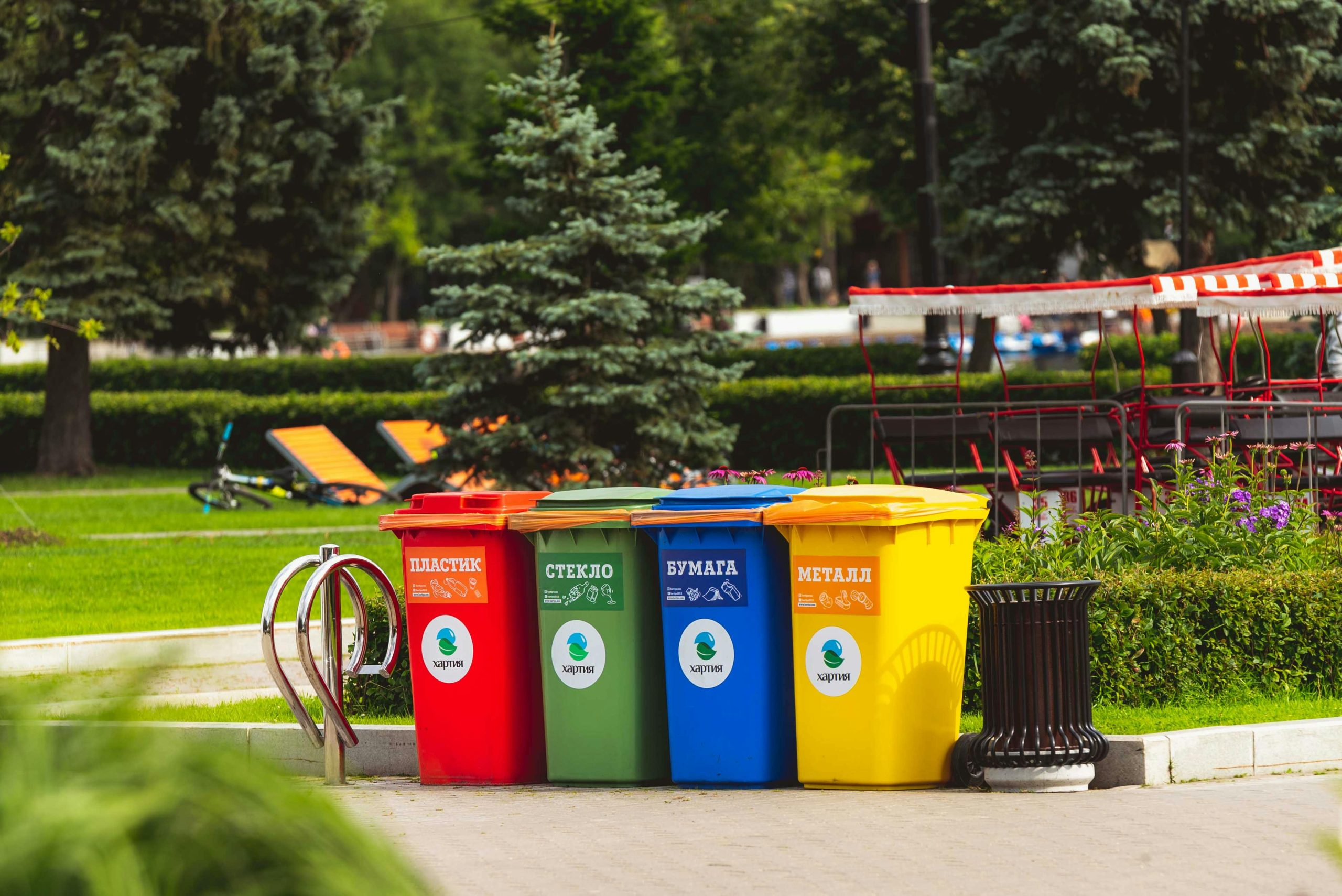Choosing the Optimal Packaging for Food: An In-Depth Guide
Making environmentally conscious decisions when purchasing food involves navigating a complex landscape of factors, from sustainability to health impacts. Many consumers find themselves overwhelmed by conflicting information, especially when evaluating different types of food containers—namely cans, glass jars, and plastic packaging. Here, we explore the pros and cons of each to help you make informed choices aligned with your values.
The Sustainability Perspective
Glass Containers:
Glass is often lauded for its recyclability, which can be a significant environmental advantage. When properly recycled, glass reduces the need for virgin raw materials and can be reprocessed multiple times. However, the production and transportation of glass containers involve high energy consumption due to their weight and the intensive melting process required for recycling. Additionally, many glass jars, such as those for yogurt, are single-use and do not lend themselves to reuse, potentially leading to increased waste if not recycled properly.
Cans (Aluminum or Steel):
Metal cans are widely recyclable and can be reprocessed repeatedly. Nevertheless, certain manufacturing processes involve energy-intensive steps, and some cans contain a thin plastic lining to prevent corrosion. This lining can complicate recycling efforts, as it may render the can non-recyclable in some regions. Moreover, the finite nature of metal resources underscores the importance of responsible consumption and recycling practices.
Plastic Containers:
Plastic packaging, particularly PET bottles, is lightweight and easy to recycle. PET can typically be recycled once or twice before it degrades, making it a convenient option for consumers. However, the production of plastics relies heavily on petrochemicals, raising concerns about fossil fuel dependence and environmental impact. Additionally, not all plastic packaging is recycled properly, which leads to significant waste and pollution issues.
Considerations for Transportation and Disposal
Transporting heavy glass containers consumes more fuel and emits more greenhouse gases compared to lighter plastics. Conversely, plastics, while minimizing transportation emissions, pose long-term environmental challenges due to their persistence in ecosystems and potential health concerns with microplastics.
Cultural and Regional Factors
In some countries, such as France, bottle deposit schemes make recycling more straightforward, while in others, the lack of such systems means containers often end up in landfills or incinerators. For example, aluminum cans are often recycled efficiently, but in the absence of deposit schemes, glass and plastic recycling rates can vary widely.
Making Informed Choices
Ultimately, selecting the most sustainable packaging involves balancing recyclability, resource
Share this content:




Thank you for sharing this comprehensive overview of the different packaging options. If you’re experiencing issues with your WordPress post, such as formatting or display problems, here are some troubleshooting tips:
If you provide specific issues you’re encountering, I can help troubleshoot further or suggest precise solutions.